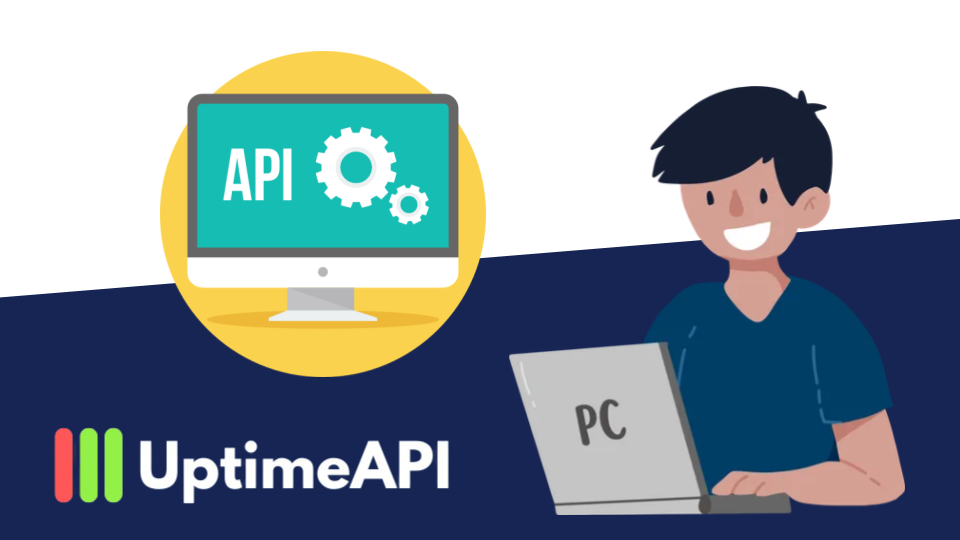REST API Monitoring Tool: Features and Benefits

In today's fast-paced digital world, ensuring the reliability and performance of your APIs is essential. APIs serve as the backbone of many applications, enabling seamless communication between different software systems. This is where Uptime API steps in as a powerful REST API monitoring tool designed to help developers track the health and performance of their APIs in real time.
Key Features of Uptime API: REST API Monitoring Tool
Uptime API is packed with features that make it an invaluable asset for developers seeking comprehensive API monitoring. Here are some of its core functionalities:
1. Real-time Monitoring
One of the standout features of Uptime API is its ability to monitor APIs in real time. The platform checks your APIs at regular intervals, typically every 60 seconds, to ensure they are operational. This constant monitoring provides immediate feedback on any downtime or performance degradation, allowing you to take quick action and avoid larger issues down the line.
2. Customizable Alerts
Uptime API ensures that you’re always in the loop by providing multiple alert options. Whether through email, Slack, or webhook alerts, you can choose how and where you want to receive notifications. This flexibility allows you to integrate monitoring with your existing workflow, ensuring that important alerts reach you promptly and in the most convenient way possible.
3. Keyword Monitoring
In addition to monitoring uptime, Uptime API offers keyword monitoring. This feature allows you to track specific content or keywords in the API response, ensuring that your API is not only up but also returning the expected results. This is especially useful for APIs that handle dynamic data, as it enables developers to ensure data accuracy.
4. Error Log Retention
Every time there is an error, Uptime API logs it for future analysis. Depending on your plan, the platform retains error logs from 100 to 1,000 logs per month, allowing you to look back at patterns and identify recurring issues. This historical data is invaluable for troubleshooting and optimizing the performance of your APIs over time.
Benefits of REST API Monitoring Tool
Uptime API offers a range of benefits that help developers maintain the health of their APIs while minimizing manual intervention. Here are some key advantages:
- Proactive Issue Resolution: Thanks to its real-time monitoring and instant alerts, Uptime API allows developers to proactively address issues before they affect end users. Early detection of problems can prevent costly downtime and ensure a better user experience.
- Improved API Performance: By continually monitoring API performance, Uptime API provides valuable insights into response times and uptime percentages. This data allows developers to optimize their APIs for better performance and reliability, making your applications faster and more efficient.
- Seamless Integration into Existing Workflows: Uptime API’s customizable alerts and webhook support make it easy to integrate into your existing systems. This ensures that you don’t have to change your workflow to accommodate monitoring, saving you time and effort.
Check This YouTube Video!
Conclusion
For developers, ensuring the continuous uptime and reliability of APIs is a non-negotiable requirement in today’s tech-driven world. Uptime API provides a powerful solution by offering comprehensive monitoring, customizable alerts, keyword tracking, and error log retention. Its real-time monitoring capabilities and flexible pricing plans make it an ideal choice for developers looking for a REST API monitoring tool that delivers instant insights and helps them stay ahead of potential performance issues.
Whether you're a small developer managing a few APIs or part of a large team responsible for hundreds, Uptime API provides the tools you need to keep your APIs up and running with minimal downtime. Don’t leave your APIs’ performance to chance—stay proactive with Uptime API. For more information, visit Uptime API’s official website.
